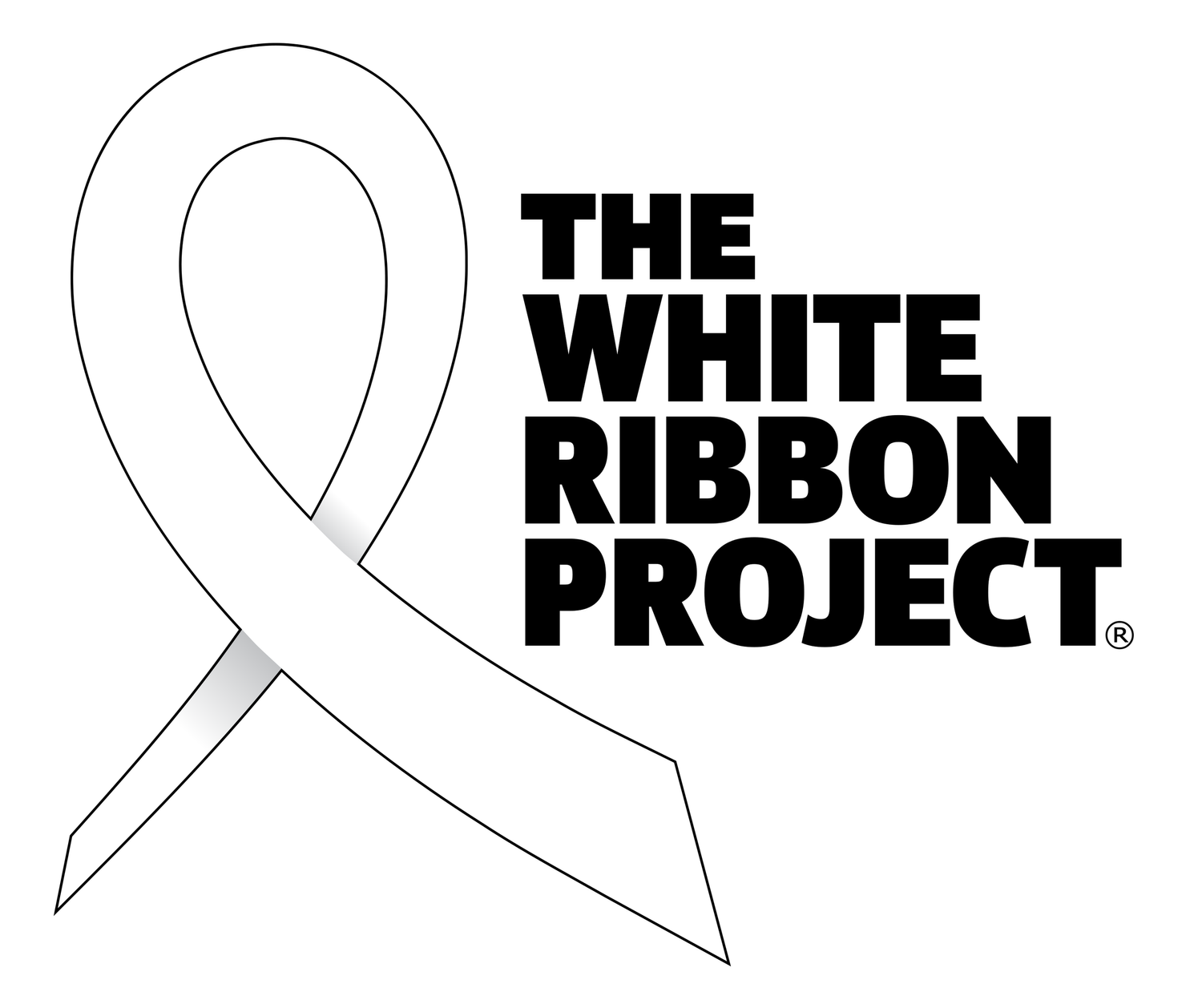About Radon
What is Radon?
Radon is a naturally occurring radioactive gas that could be in your home. You can’t see, smell, or taste it, but radon gas can accumulate to dangerous levels in any home or building.
Radon is the #1 Cause of Lung Cancer in in people with no history of tobacco use.
Radon’s radioactive properties can damage the lungs when breathed and is the leading cause of lung cancer in people who have no history of smoking. According to the EPA, studies show that the more time this radioactive gas is breathed, the higher the chances of developing lung cancer.
How Does Radon Enter the Home?
This radioactive gas moves up through the ground and into your home through cracks and other holes in the foundation. Your home traps gas inside, where it can build up. New and old homes, well-sealed and drafty homes, and homes with or without basements – any type of home may have a radon problem.
The Only Way to Know Your Radon Level is to Test
You can’t see, smell, or taste radon, so you would never know the gas is present unless you test your home. Radon testing is simple and inexpensive to conduct and the only way for you to know the radon levels in your home or building.
You can find a free do-it-yourself radon test kit here!
What to do if you have dangerous radon levels
The EPA has determined that the recommended indoor action level for radon is 4.0 pCi/L. If levels are 4.0 pCi/L or higher, a professionally installed mitigation system is strongly recommended.
Disclaimer: Our partnership with Protect Environmental is strictly for the mutual benefit of our shared mission, vision, and goals, and neither organization will receive any personal financial gain or profit from our collaboration.
What’s your radon risk?
Enter your 5-digit zip code to search the radon levels in your area and learn more about your risk of exposure.


